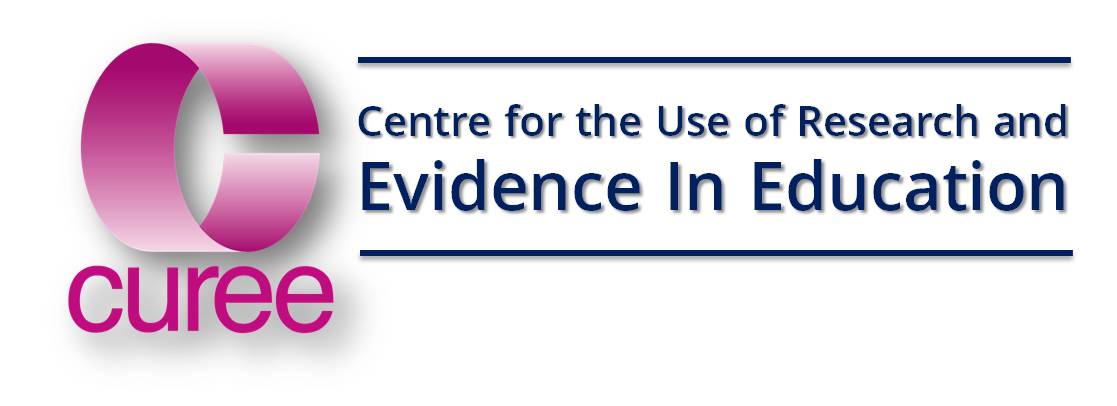Leadership Learning of Executive Heads through Continuing Professional Development and Learning (CPDL)
Presentation at the ASCL National Conference, Birmingham March 2020
Bringing together the experience of a multi-academy trust (The Futures Trust), a study of 13 smaller MATs and the evidence from a new analysis of research about the leadership of CPDL
The presentation draws on:
- The experience of a MAT leader and his senior colleagues
- an analysis of the leadership of learning 13 smaller MATs
and similar groupings (sponsored by the ASCL-led NPQEL delivery partnership) examining how those
- the latest report from CUREE mapping the research evidence around the leadership of continuing professional development and learning
